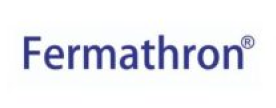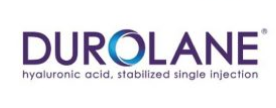TYPES OF HYALURONIC ACID INJECTIONS
HA injections come in various forms, categorized primarily by their molecular weight:
-
Characteristics:
- Smaller HA molecules
- Typically requires multiple injections (3-5) over several weeks
Function:
- Provides short-term pain relief and improves joint lubrication
Examples:
- Hyalgan, Hyal injection -
Characteristics:
- Larger HA molecules
- Often administered as a single injection or a series of 1-3 injections
Function:
- May provide longer-lasting relief and improve joint function
Examples:
- Synvisc, Atri-Plus -
Characteristics:
- Chemically modified to form cross-links between HA molecules
- Enhances the viscosity and durability of the injection
Function:
- Provides prolonged pain relief and improved joint mechanics
Examples:
- Durolane, Synvisc
Function of Hyaluronic Acid in Knee Osteoarthritis
HA injections aim to restore the natural viscoelastic properties of the synovial fluid in the knee joint. The primary functions of HA in treating knee osteoarthritis include:
-
Reduces friction between the articular surfaces, facilitating smoother joint movements.
-
Distributes mechanical loads more evenly across the joint, reducing stress on the cartilage.
-
Alleviates pain by enhancing joint lubrication and reducing inflammation.
-
Enhances overall joint function, leading to better mobility and quality of life.
Role of Hyaluronic Acid in Treating Knee Osteoarthritis
HA injections play a significant role in the non-surgical management of knee osteoarthritis:
-
Provides effective pain relief and reduces stiffness in the knee joint.
-
Helps patients regain better joint function and mobility, allowing them to perform daily activities with less discomfort.
-
May delay the need for more invasive treatments like total knee replacement, especially in early to moderate stages of OA.
-
Generally well-tolerated with a low risk of adverse effects, making it a suitable option for many patients.










.png)


 Malaysia
Malaysia